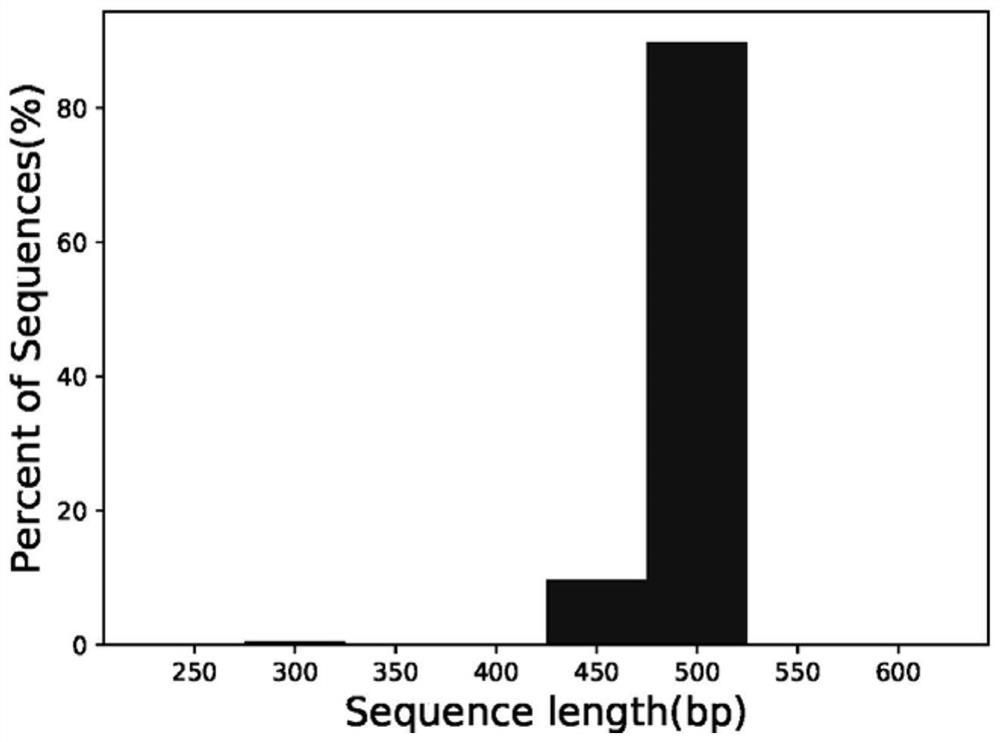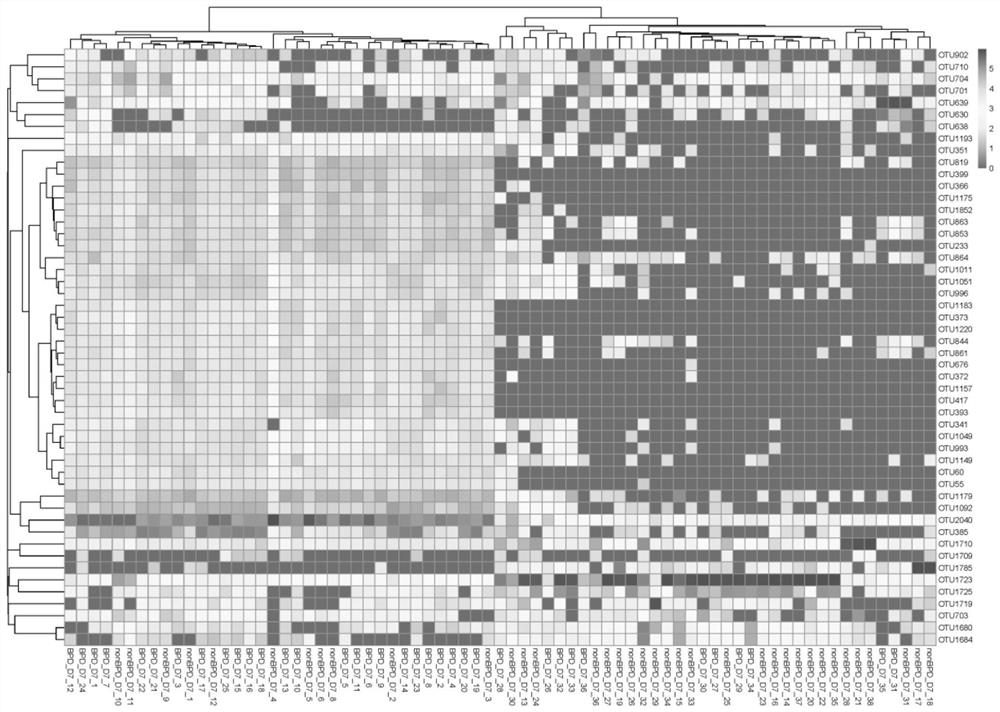Application of enteric microorganism as marker of bronchial pulmonary dysplasia of premature infant
A technology for intestinal microbes and dysplasia, applied in the biological field, can solve problems such as the inability to obtain intestinal bacterial colonization, intestinal microecological imbalance, and delayed colonization of intestinal flora
- Summary
- Abstract
- Description
- Claims
- Application Information
AI Technical Summary
Problems solved by technology
Method used
Image
Examples
Embodiment
[0032] The invention discloses the application of Klebsiella (Klebsiella), Prevotella (Prevotella) and Streptococcus (Streptococcus) in preparing microbial markers for bronchopulmonary dysplasia in premature infants; Klebsiella, Prevotella, and Streptococcus as microbial markers for bronchopulmonary dysplasia in preterm infants; in particular, Klebsiella, Prevotella Application of genera (Prevotella), Streptococcus (Streptococcus) in the preparation of microbial markers of early bronchopulmonary dysplasia in preterm infants, the early stage is from birth to 7 days. Through the detection of Klebsiella, Prevotella, and Streptococcus, early identification of high-risk infants with BPD, early intervention, and reduction of the occurrence of BPD, especially moderate / severe BPD rate and improve the quality of life of premature infants.
[0033] In order to verify the accuracy and specificity of using Klebsiella, Prevotella, and Streptococcus as microbial markers for bronchopulmonar...
Embodiment 2
[0128] Example 2 The system for assisting the diagnosis of bronchopulmonary dysplasia in preterm infants by using the intestinal microorganisms of the present invention includes a sequencing module to sequence the isolated intestinal flora nucleic acid samples (fecal DNA) to obtain sequencing results; the abundance calculation module, According to the sequencing results, the relative abundance of the microbial markers in the intestinal flora is detected to obtain a relative abundance value; the comparison module compares the obtained relative abundance value of the microbial markers with a set value. The set value is the relative abundance value of microbial markers obtained from the normal group (non-BPD group).
[0129] The application method of the invention is simple and does not require complicated data calculation. Stool samples were collected from 6 cases of premature infants who were clinically diagnosed as BPD on the 7th day of birth and 2 cases on the 4th day of ...
PUM
 Login to View More
Login to View More Abstract
Description
Claims
Application Information
 Login to View More
Login to View More - R&D
- Intellectual Property
- Life Sciences
- Materials
- Tech Scout
- Unparalleled Data Quality
- Higher Quality Content
- 60% Fewer Hallucinations
Browse by: Latest US Patents, China's latest patents, Technical Efficacy Thesaurus, Application Domain, Technology Topic, Popular Technical Reports.
© 2025 PatSnap. All rights reserved.Legal|Privacy policy|Modern Slavery Act Transparency Statement|Sitemap|About US| Contact US: help@patsnap.com



